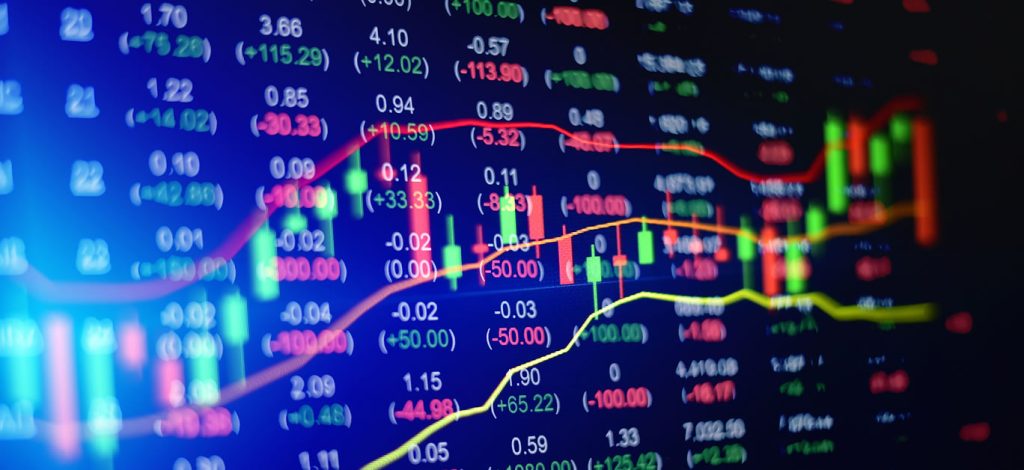The forex market’s volatility represents a range of profit opportunities. But at the same time, it comes with additional risk.
Effective forex risk management involves identifying potential risks, affecting the profitability of the occurrence, and taking effective measures to reduce the impact of some troubles. Thus, to overcome the risk in forex trading, it is important that you adopt risk management strategies in forex trading.
You can further set your risk tolerance with the help of metatrader 5 download for free. It involves selling and buying currencies in the global market, which is often highly volatile and fast-paced.
In this article, you will come across the risk management strategies that will help you maximize your profit in forex trading.
Top Risk Management Strategies In Forex Trading
Forex risk management techniques is the process of identifying, examining, and mitigating the potential risk that is associates with forex trading.
It should watch over certain things if it wants to limit its risk association with active traders. Here is a list of some risk management techniques and approaches in forex trading.
1. Understand The Forex Market
The forex market is made up of currencies from all over the world, such as GBP, ZAR, CHF, and many others.
You can also term them as foreign exchange on FX, primarily driven by demand and supply factors.
Therefore, forex trading works like other exchanges where you purchase one asset using a currency. The price will indicate how much of one currency you would need to spend in order to purchase another.
The first currency in forex pair quotation is called the base currency; the second is called quote currency.
2. Set Risk Reward Ratio
Within every trade, the risk you take with the capital should be worthwhile. At times, you would want your profit to outweigh your losses, which will make you money in the long run, even if you lose on a single trade.
As a part of the forex trading market, you can estimate your risk-reward ratio to quantify a trade’s worth.
To identify the ratio, you can compare the amount of money you are risking on forex trade in comparison to potential gain.
3. Think About Your Risk Tolerance
Before you can start trading, you need to determine the risk tolerance on the basis of the following:
- How much you are willing to lose and win?
- Your investment goals.
- Your knowledge of the forex trading market.
- You age.
- Your experience.
When you do not have the fear of losing any trade it will not only assist you to sleep better at night or take less stress about currency fluctuations. It is also about knowing you are in control of the situation. This is because you are trading the right amount of money, and your financial situation is better than your financial objective.
Maintain your trading within your risk tolerance, and you can increase the likelihood of trading success.
4. Keep An Eye On News And Recent Events
At times, it might be difficult to predict the price movements of currency pairs. As there are different factors, the marker can fluctuate.
In order to make sure you are not at risk and caught off track, you can keep an eye on the central bank’s decisions and announcements. You can also keep track of market sentiments and the latest political news.
5. Practice In Demo accounts
With the help of demo accounts, you can recreate the experience of real trading as closely as possible. This will enable you to get a feel of how the forex market actually works.
Hence, the major difference between a live and demo account is that there is less chance of losing any real money when you have a demo account. This means that you can build your trading confidence within a risk-free environment.
Adopt An Effective Strategy
It is important for traders to be aware of their risks and have a rock-solid management plan in place to mitigate them.
By managing and understanding these risks, the traders can reduce their profits while minimizing their losses within forex trading. To ensure this, develop an effective trading plan.
You should also use stop-loss orders and other risk management techniques to limit the potential loss and protect your trading capital. Following these best practices, you can manage the risk effectively and obtain your

